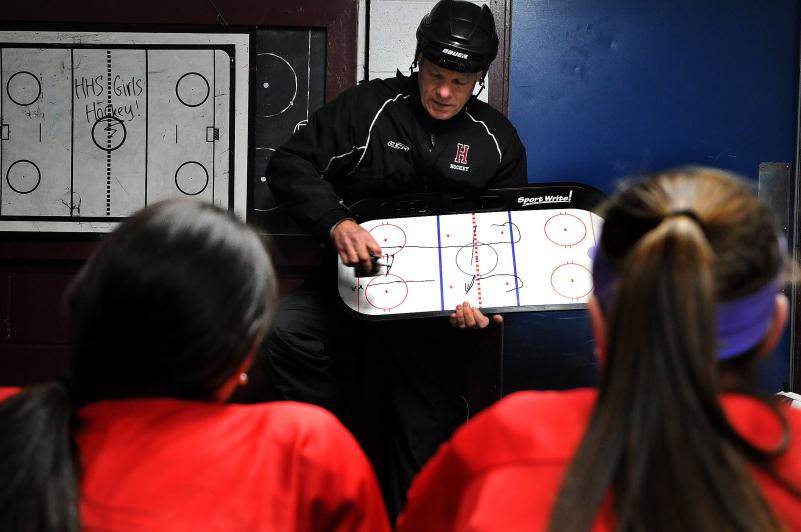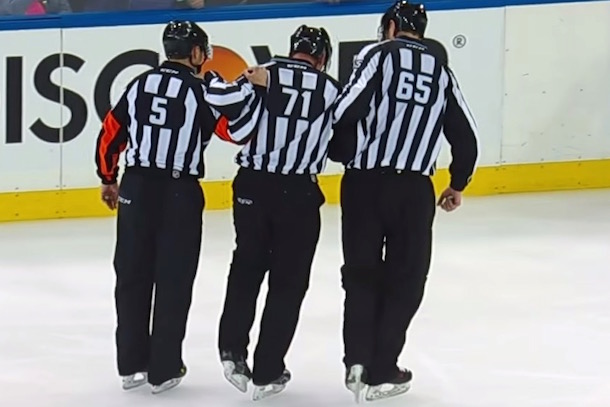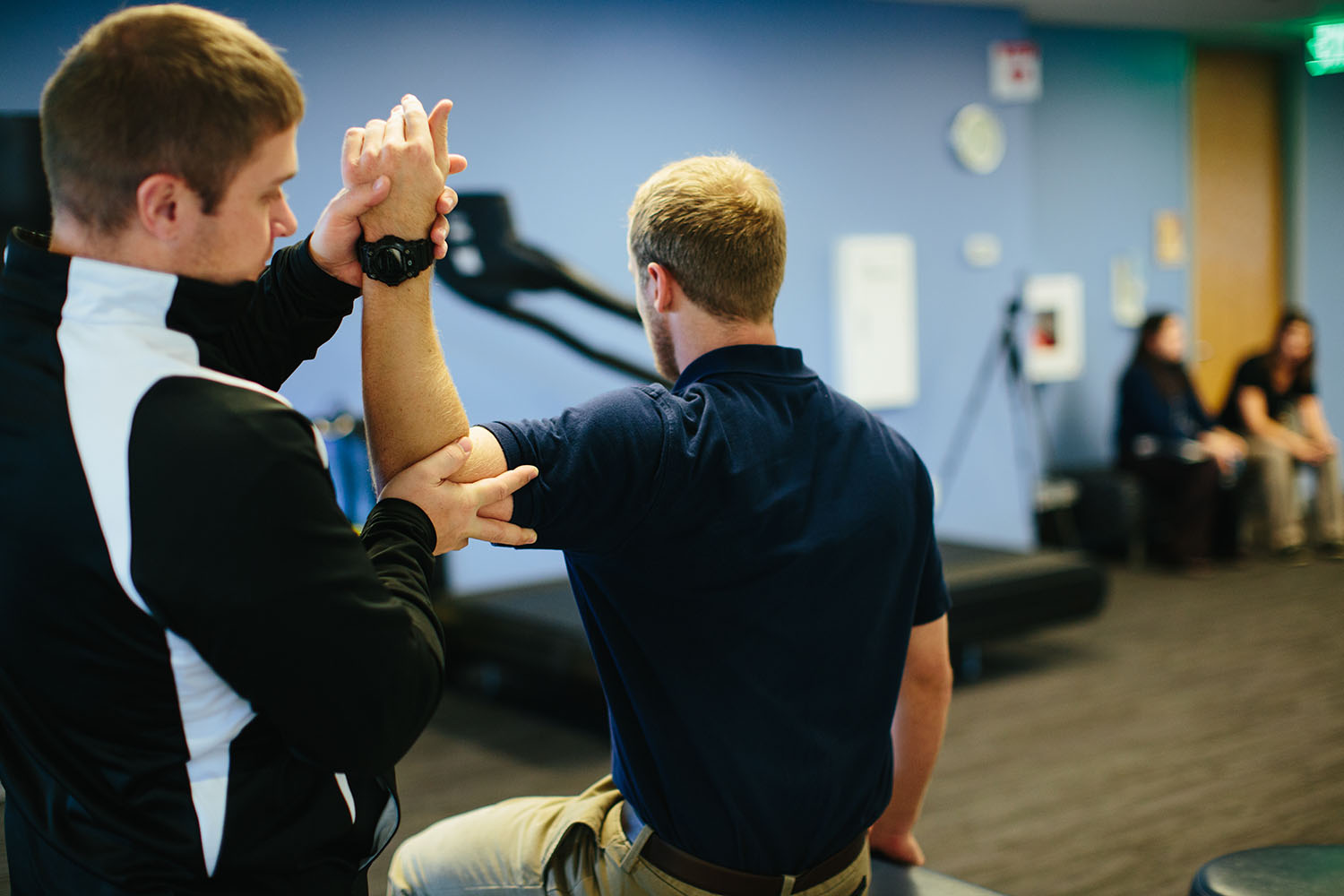Sports Medicine
Coach prep goes beyond X’s and O’s
TRIA’s 4 things coaches must know prior to an emergency

(Photo by Jennifer Hauck / Valley News, White River Junction, VT)
TRIA’s 4 things coaches must know prior to an emergency
Emergencies can happen at any time and in the youth sports arena, the coaches are on the frontline to respond. It is critical for the coach and their staff to act fast and efficiently when an emergency occurs.
Establishing and rehearsing an emergency action plan (EAP) prepares the coach and their team to do just that. An EAP outlines the information necessary to respond to an emergency and assigns roles & responsibilities to ensure the athlete receives medical attention in the most efficient manner.
To get started, there are four important locations a coach needs to identify to be prepared to handle any emergency. Knowing these locations prior to an emergency will decrease reaction time for responding.
- Working Telephone: This could be a cellular phone or land line. It is important to make sure that the cellular phone has service in all areas of the facility. Coaches should know where the closest accessible land line is located. Facilities may differ so if using a land line, be sure to note if a prefix such as *9 needs to be dialed first.
- Automated External Defibrillator (AED): The AED should be located somewhere near the practice and competition area. It should also be clearly marked and accessible at all times.
- Location: The address of the practice/game facility as well as the specific field or entrance must be identified by the person calling 911. It is also helpful to include a cross street or intersection as well as a door or field number to direct EMS to the emergency.
- Trained Medical Staff: Coaching staff should know if and where any medical personnel are located on site to help with the emergency situation. This would include an athletic trainer or physician. In some situations where an athletic trainer or physician is not onsite, coaches should know who on staff is trained in CPR and the use of an AED.
 Once these locations are identified it is important to review with your staff the actions that need to be taken when a life threatening emergency occurs such as who is responsible for calling 911, starting CPR, and getting the AED. These actions need to happen simultaneously to have the greatest chance of success.
Once these locations are identified it is important to review with your staff the actions that need to be taken when a life threatening emergency occurs such as who is responsible for calling 911, starting CPR, and getting the AED. These actions need to happen simultaneously to have the greatest chance of success.
Coaches should assign roles to their staff and players to ensure each action item is covered and understood. In addition to the EAP, coaches should have access to a well-stocked first aid kit, awareness of allergies and medical conditions, and emergency contact information for the players.
This preparation helps everyone involved feel confident in their role of the emergency action plan.
She chose to be an athletic trainer because of her love of sports. I am an avid soccer player/fan, cross-country skier and runner. As an athletic trainer at Minneapolis Southwest, she’s able to enjoy sports while being on the sideline helping athletes recover from injuries. Every day, every sport and every season brings new challenges and excitement. She finds great fulfillment in helping an athlete through their recovery and succeeding in their sport.












